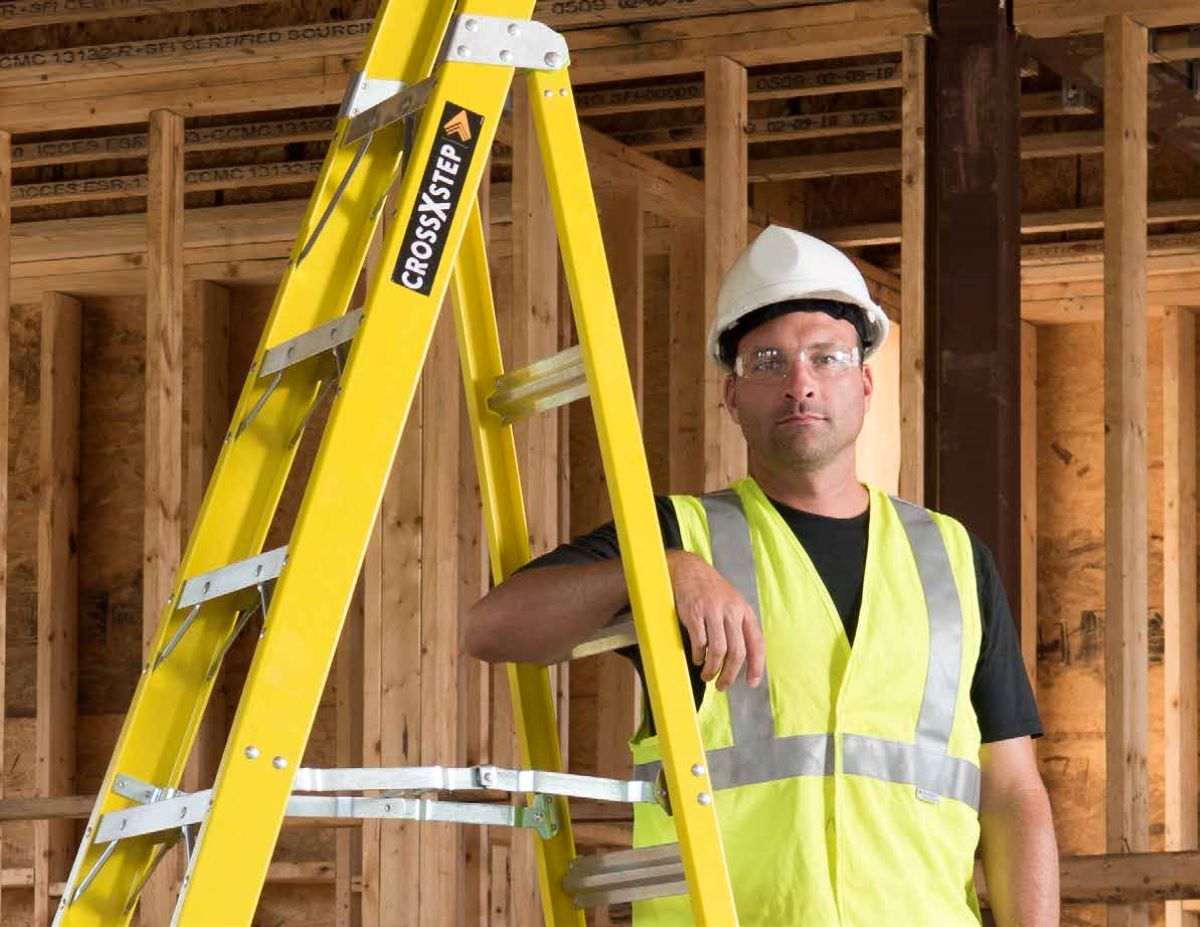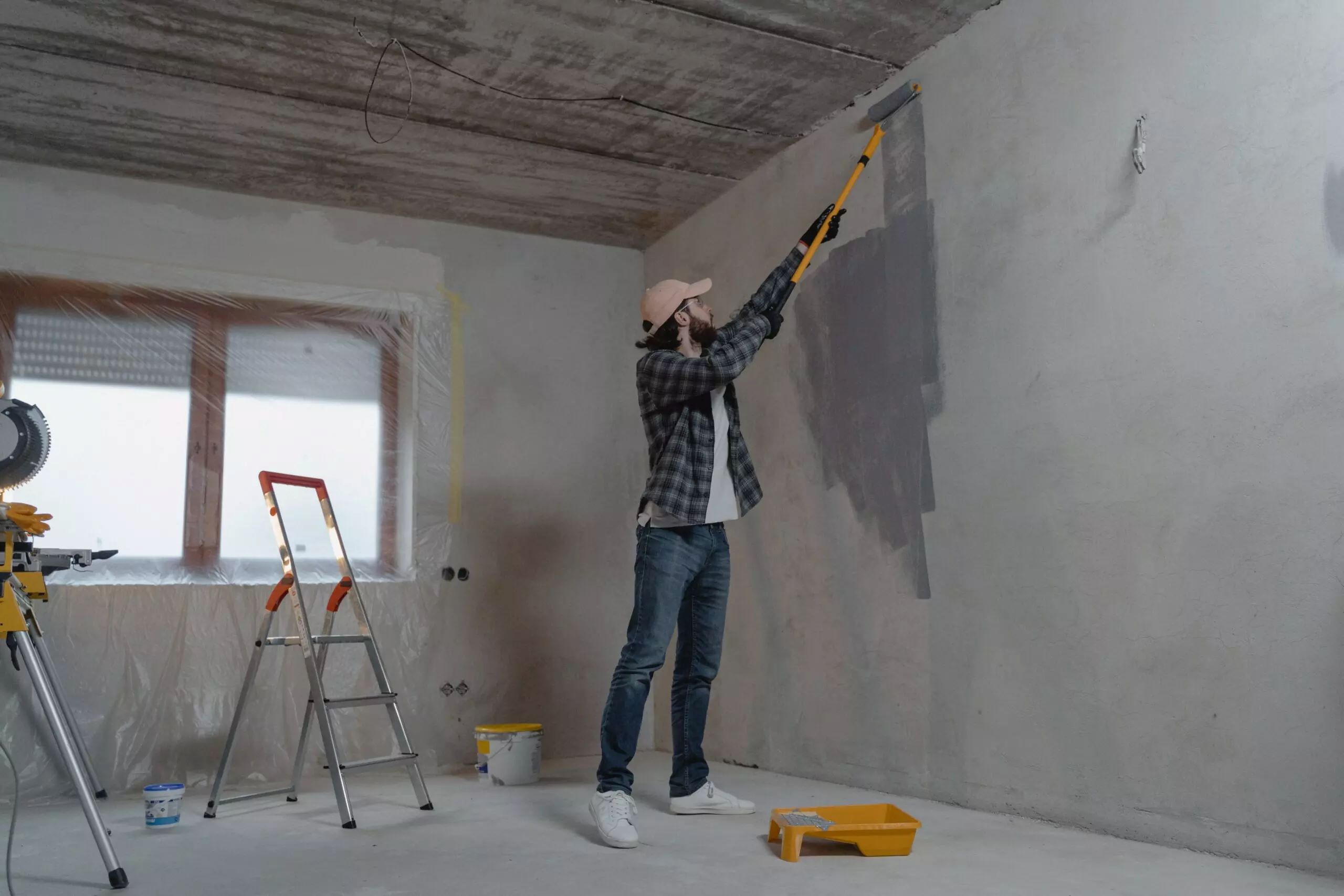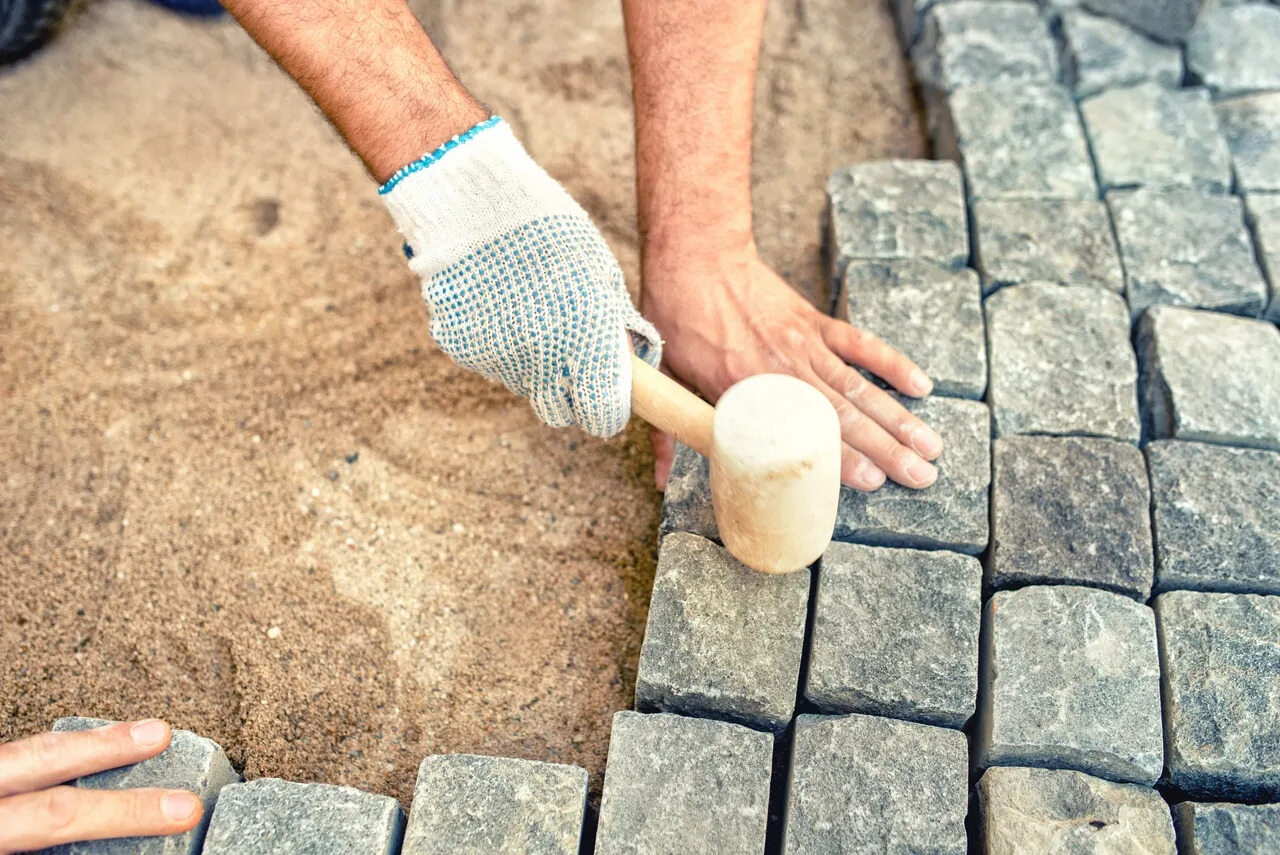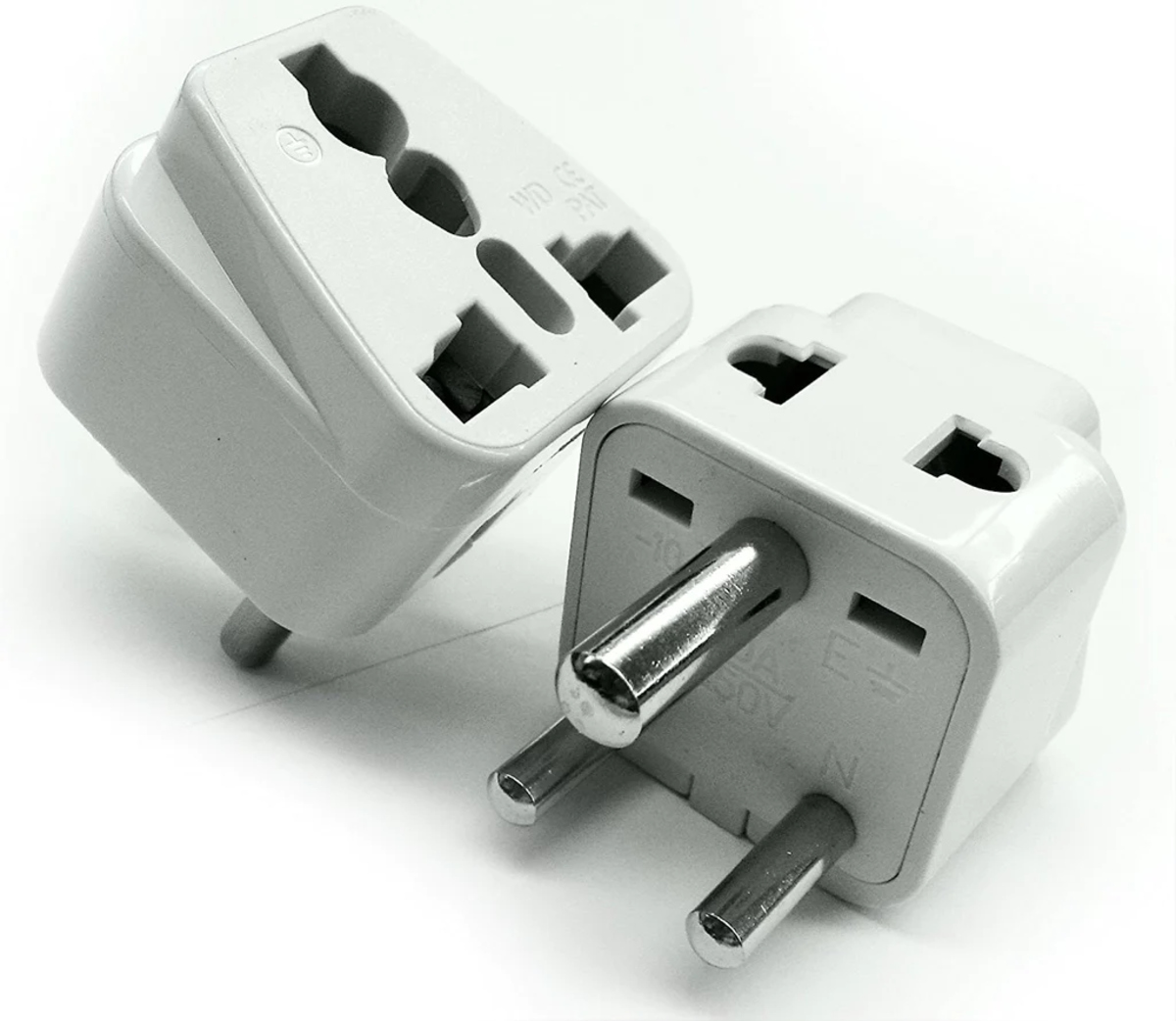

Articles
How Tall Of Ladder Do I Need
Modified: October 22, 2024
Discover the perfect ladder size for your needs with our informative articles. Ensure safety and efficiency with the right ladder height.
(Many of the links in this article redirect to a specific reviewed product. Your purchase of these products through affiliate links helps to generate commission for Storables.com, at no extra cost. Learn more)
Introduction
Choosing the right ladder height is crucial for any task that involves working at heights. Whether you’re painting the walls of your home, cleaning the gutters, or performing maintenance work, having the appropriate ladder size is essential to ensure safety and efficiency. This article will guide you on how to determine the ideal ladder height for your specific needs.
Understanding ladder height requirements can sometimes be confusing, particularly if you are new to using ladders. However, with a little knowledge and careful consideration of various factors, you can select the right ladder that perfectly suits your requirements.
In this article, we will discuss the factors you need to consider when determining the correct ladder height, as well as important safety precautions to keep in mind while using ladders.
By the end of this article, you will have a clear understanding of how to choose the appropriate ladder height that ensures both your safety and the successful completion of your tasks.
Key Takeaways:
- Choose a ladder height by considering task requirements, working environment, reachable height, ladder type, and user height. Prioritize safety, avoid overreaching, and follow safety precautions for a safe working environment.
- Measure the height needed, account for overreach, consider safety margins, and consult ladder height guides. Follow safety precautions, prioritize safety, and seek professional advice if unsure about the appropriate ladder height.
Read more: How Tall Is Little Giant Ladder
Understanding Ladder Height Requirements
When it comes to ladder height requirements, it’s important to remember that the height mentioned on the ladder refers to the total length of the ladder, from the base to the highest point. However, you cannot simply rely on the ladder height alone to determine if it will be suitable for your needs.
Another crucial aspect to consider is the maximum safe working height. This is the highest point at which you can safely stand on the ladder while maintaining stability. The highest standing level, or the rung where you can safely stand, is typically a few rungs down from the top of the ladder.
Additionally, it’s important to keep in mind that the ladder’s weight capacity should also be taken into consideration. The weight capacity refers to the maximum load the ladder can bear, which includes your body weight along with any tools or equipment you may be carrying while on the ladder.
Consider the type of work you will be performing as well. Different tasks may require different ladder heights. For example, if you need to reach a high ceiling or work on the exterior of a multi-story building, you will require a taller ladder compared to tasks that only involve reaching standard heights.
Keep in mind that ladders are not one-size-fits-all. It’s essential to assess the specific requirements of your task and select a ladder that matches those needs.
Next, let’s explore the key factors to consider when determining the correct ladder height for your needs.
Factors to Consider
When determining the correct ladder height, there are several important factors to take into consideration:
1. Task Requirements: Consider the specific task you will be performing. Will you be working indoors or outdoors? Will you be accessing a specific height or multiple heights? Understanding the requirements of your task will help you determine the appropriate ladder height.
2. Working Environment: Assess the working environment where the ladder will be used. Are there any obstructions or obstacles that may impact the ladder placement? Consider factors such as uneven ground, overhead objects, or limited space that may affect the ladder’s stability and reach.
3. Reachable Height: Measure the distance between the ground or a lower level and the highest point you need to reach. This will help you determine the minimum ladder height required to safely complete your task. Keep in mind that it’s always better to choose a slightly taller ladder than needed to ensure you can reach comfortably without overreaching or standing on the ladder’s top rungs.
4. Ladder Type: Different types of ladders have varying height capabilities. Step ladders typically provide a maximum height of around 20 feet, while extension ladders can extend up to 40 feet or more. Consider the type of ladder that best suits your task and ensure it can meet the height requirements.
5. User Height: Your own height should also be taken into consideration. Consider your height when standing on the ladder to ensure you are able to comfortably reach the desired height without straining or compromising your balance.
By considering these key factors, you can make an informed decision about the ladder height that will best suit your needs.
When choosing a ladder, consider the maximum reach height you need to access. For example, a 10-foot ladder can typically reach up to 14 feet, while a 12-foot ladder can reach up to 16 feet. Always choose a ladder that exceeds your maximum reach height.
Determining the Correct Ladder Height
Now that you understand the factors to consider, let’s discuss how to determine the correct ladder height for your specific needs:
1. Measure the Height: Start by measuring the height you need to reach. Use a measuring tape or a leveling tool to determine the distance between the ground or lower level and the highest point you need to access.
2. Account for Overreach: It’s crucial to avoid overreaching while working on a ladder, as it compromises your stability and increases the risk of accidents. To account for this, subtract the highest standing level (usually a few rungs down from the top) from the measured height. This will give you the minimum height required for the ladder.
3. Consider Safety Margins: It’s always recommended to choose a ladder slightly taller than the required height. This provides a safety margin and allows for any deviations in the working environment or unforeseen circumstances. Additionally, a taller ladder can be more versatile and suitable for future tasks that may require slightly more height.
4. Consult Ladder Height Guides: Many ladder manufacturers provide height guides that help you select the appropriate ladder size based on the maximum reachable height. These guides take into account the position of the highest standing level and provide recommendations for different ladder types. Refer to these guides to ensure you choose the right ladder height.
By following these steps and taking into account the safety margins and manufacturer’s recommendations, you can determine the correct ladder height for your specific needs.
Remember, safety should always be the top priority. When in doubt, it’s better to select a taller ladder or seek professional advice to ensure you have the right equipment to complete your tasks safely.
Safety Precautions
Working with ladders can pose some risks, but following proper safety precautions can help mitigate these risks and ensure your safety. Here are some important safety precautions to keep in mind:
1. Sturdy Placement: Ensure that the ladder is placed on a firm and level surface. Avoid placing it on uneven or slippery ground. If necessary, use ladder stabilizers or levelers to create a stable base.
2. Proper Angle: Set up the ladder at the correct angle. The base should be about one-quarter of the working length of the ladder away from the vertical surface it leans against. This helps maintain stability and prevents the ladder from tipping over.
3. Secure Positioning: Make sure the ladder is securely positioned and locked in place before stepping onto it. Double-check the locks and braces to ensure they are properly engaged.
4. Weight Capacity: Always adhere to the weight capacity limit specified by the ladder manufacturer. Overloading the ladder can compromise its structural integrity and increase the risk of accidents.
5. Climbing Safely: Climb the ladder carefully, using both hands and feet to maintain balance. Face the ladder and keep your body centered as you ascend or descend.
6. Don’t Overreach: Avoid overreaching while on the ladder. If you cannot reach a certain area comfortably, reposition the ladder instead of leaning or stretching too far.
7. Stay Balanced: Keep your body weight centered between the ladder’s side rails. Avoid leaning to one side or leaning too far over the ladder, as this can cause it to become unstable.
8. Use PPE: Wear appropriate personal protective equipment (PPE) such as non-slip shoes and a helmet when working on ladders to protect yourself from potential hazards.
9. Be Weather Conscious: Take weather conditions into account. Avoid using ladders outdoors during windy or stormy weather, as it can increase the risk of falls or ladder instability.
10. Regular Inspections: Regularly inspect your ladder for any signs of damage or wear. Replace any damaged or worn-out parts immediately to ensure the ladder’s safety and stability.
Following these safety precautions will greatly minimize the risks associated with ladder use and help ensure a safe working environment.
Read more: How Do I Know If I Need Foundation Repair
Conclusion
Choosing the correct ladder height is crucial for any task that involves working at heights. By understanding ladder height requirements, considering various factors, and following safety precautions, you can ensure your safety and the successful completion of your tasks.
Remember to assess the specific requirements of your task, consider the working environment, and measure the height you need to reach. Take into account safety margins and consult ladder height guides provided by manufacturers for additional guidance.
Always prioritize safety when using ladders. Securely place the ladder, maintain proper balance, and avoid overreaching. Use personal protective equipment and inspect your ladder regularly for any signs of damage or wear.
By following these guidelines, you can make informed decisions regarding ladder height and create a safe working environment for yourself and others. Remember, if you’re ever unsure about the appropriate ladder height or have concerns about safety, it’s better to seek professional advice for your specific task.
So, whether you’re painting a room, cleaning gutters, or performing maintenance tasks, make sure to select the correct ladder height to ensure your work is both efficient and safe.
Stay safe, be cautious, and happy climbing!
Frequently Asked Questions about How Tall Of Ladder Do I Need
Was this page helpful?
At Storables.com, we guarantee accurate and reliable information. Our content, validated by Expert Board Contributors, is crafted following stringent Editorial Policies. We're committed to providing you with well-researched, expert-backed insights for all your informational needs.















0 thoughts on “How Tall Of Ladder Do I Need”